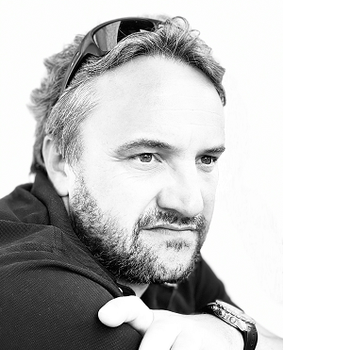Session 6: Passive House Tools
Donnerstag, 24. September 2020, 17.00 Uhr
| Uhrzeit (MESZ) | Vortrag | Referent |
|---|---|---|
| 17.00 Uhr | Begrüßung |  Andrew Peel | Moderation |
|
17.05 Uhr |
Erfahrungen und Optimierungen im Betrieb mit Hilfe von Simulationen Ein durch Variantenuntersuchungen energetisch und wirtschaftlich optimiertes Mehrfamilienhaus beweist auch im Monitoring seine Qualität als eines der effizientesten MFH Österreichs. Durch die Gegenüberstellung von Mess- und Simulationsdaten konnte die Haustechnik zudem weiter optimiert werden.
|
 Tobias Hatt | Energieinstitut Vorarlberg
|
|
17.20 Uhr |
Greenhouse gas emissions calculator for PHPP v9.6 The GHG Emissions Calculator is a carbon analysis plugin for PHPP v9.6 developed to enable Passivhaus designers to specify insulation properties in real time so as to minimize the sum of embodied and operational GHG emissions of the building according to its specific energy grid and service life. |
 Philippe St-Jean | McGill University
|
|
17.35 Uhr |
New Tools, New Workflows for Combined Dynamic and PHPP Modeling at Scale During design it can often be useful to pair the PHPP performance model with a dynamic modeling tool such as the US DOE’s Energy+. This session will present a new open-source software tool which allows designers to create both PHPP and Energy+ models from a single source Building Information Model.
|
 Edwin May | BLDGtyp
|
| 17.50 Uhr | Fragen und Antworten | |
|
18.10 Uhr |
Planning ventilation systems with designPH DesignPH is the 3D interface to the PHPP and a reliable, tested and validated tool as a planning guide for integrated project planning. In the course of an FFG-funded project [E.Vent], dynamic components for simplified ventilation planning were tested with designPH. |
 Laszlo Lepp | Passivhausinstitut - Innsbruck
|
| 18.25 Uhr |
PHPP vs. dynamic simulation – prediction of PV-self-consumption with the PHPP A new worksheet for PHPP is available for the calculation the monthly electricity consumption of a heat pump (based on the Carnot method) using the annual electricity consumption from PHPP as input. Furthermore, the photovoltaic self consumption can be predicted. |
 Fabian Ochs | Universität Innsbruck, Unit for Energy Efficient Buildings
|
|
18.40 Uhr |
Reliable evaluation procedure for efficiency and investment cost potential in architectural competitions Die im Entwurf getroffenen Entscheidungen bzgl. Kompaktheit, Orientierung, Fensteranteil etc. wirken sich nachweislich entscheidend auf den zu erreichenden Energiestandard und die damit im Zusammenhang stehenden Errichtungs- aber auch Betriebskosten aus. Ein zuverlässiges Bewertungsverfahren bzgl. Effizienz- und Investkostenpotential für Architekturwettbewerbe ist hier also unabdingbar. |
 Harald Konrad Malzer | NEUE HEIMAT TIROL Gemeinnützige WohnungsGmbH
|
| 18.55 Uhr | Fragen und Antworten | |
| Thematisch passende Posterbeiträge finden Sie in diesem Jahr in der ONLINE Passivhaus-Fachausstellung: | ||
| Lambda value variations TOOL, Roberto Iannetti | Implementing a Passive House monitoring platform – keep it simple, João Marcelino | Laser Scanning and BIM: a powerfull and trustfull tandem in refurbishment using Enerphit, Pablo Carranza | ||
|
|
Zu Session 5
|
|



